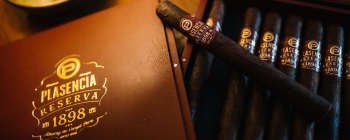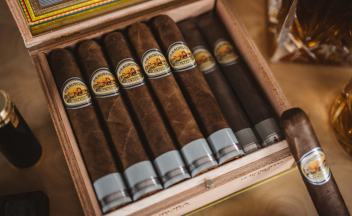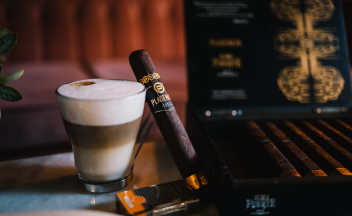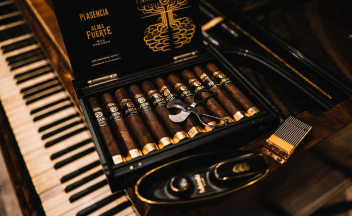
Cultivation and the Tobacco Leaf
Cigar tobacco is a wonder of nuance and subtlety. Tiny changes in soil and cultivation make an enormous difference to what you smoke. Different leaf types are blended to form a fine Cuban cigar and you don’t need to be a connoisseur to taste them.
By understanding cigar tobacco you can better appreciate the contrasts between the different cigars you smoke. It will also help you find cigars with similar taste profiles. And you can gain some important knowledge to accompany any cigar-fuelled conversation.
Cigar Tobacco Cultivation and the Tobacco Leaf
High-quality tobacco cultivation is done with the utmost patience and care, from the time seeds are planted until the first tobacco leaves are ready to be harvested after around six months. The length of time a tobacco leaf remains on the plant is ideally determined by how the tobacco is to be used. The longer the leaf remains on the plant, the more sunlight and nutrients it receives, and in turn, the more body and taste it will lend to a cigar.
Tobacco that receives direct sunlight is known as Sun Grown. Tobacco’s absorption rate of nutrients, however, can be manipulated by covering tobacco plants with a thin cheesecloth that “shades” the tobacco plant from direct sunlight. This is known as Shade Grown tobacco, a leaf that is lighter in composition, body and taste. There is a wide variety of different tobacco types, Corojo and Criollo are popular examples, yet all are either the Sun Grown or Shade Grown category.
Regardless of how the tobacco is grown, each plant will typically produce 20 to 30 usable leaves, which will be gradually removed from the plant. Tobacco growers must consider the soil composition and, as Cuban tobacco farmers have refined into an art form, read the climate throughout the process. Leaves are usually removed towards the bottom of the plant first, then working upwards, the final leaves removed are near the top of the plant. This structured harvesting or “priming” is done according to each leaf’s placement on the tobacco plant, which is divided into sections.
Understand Different Cigar Tobacco Leaf Types
There are several subcategories of leaf types, yet there are four main sections of a tobacco plant used for crafting a cigar:
- Volado
These large leaves are the bottom-most on the plant to be used for cigars. While extremely light in body and taste, these first priming leaves are often used to enhance combustion, allowing cigars to burn better. - Seco
These leaves make up much of the middle of the tobacco plant and generally offer a good balance between body, taste and combustibility. So, these are used in a great many types of cigars. - Viso
Just above Seco, these smaller, thicker leaves receive more sunlight and nutrients, adding a bit more strength and texture to a cigar blend. These leaves are sometimes referred to as “upper Seco” or simply included as part of the Seco section of the plant. - Ligero
These tobacco leaves are usually the final, upper primings. Since these are left longer on the plant to receive the most nutrients and sunlight, the tobacco offers a much greater intensity in body and taste.
It is from these tobacco leaves that experienced tobacco blenders can begin to formulate a recipe that will offer a flavorful and smooth-burning smoke. Once the desired blend has been created, it is up to a team of cigar makers to turn this mixture of tobacco leaves into a fully formed cigar.
Understand the Cigar Construction Process
Once harvested, tobacco leaves are placed in curing barns before going through a fermentation process and then a period of aging. The length of this process is determined by several factors, including the quality of the crop, type of tobacco and how it is to be used. The tobacco is then selected as per the blender’s finalized recipe. There is a different blend used for the filler, the binder and the wrapper. Of course, cigar tobacco is just one of three parts of a cigar.
Taste the Difference in Cigar Tobacco
Now you understand the difference between sun grown and shade grown tobacco, along with the different types of cigar tobacco leaf, light up and see what you can taste. Maybe you can taste the contrast between seco and viso leaves, and how the master blender has brought them together.
And when you’re done with that cigar, consider lighting up another one. Not straight away. If your cigar box is empty, seek out another fine Cuban cigar.
Apr 14, 2025
Last Modified: Apr 14, 2025





